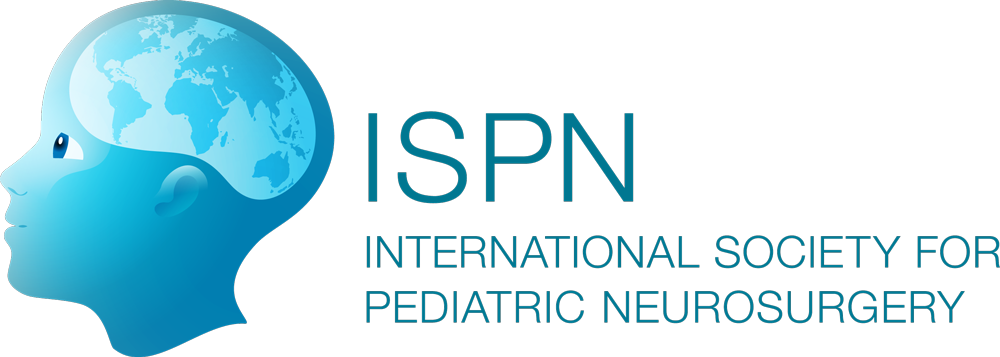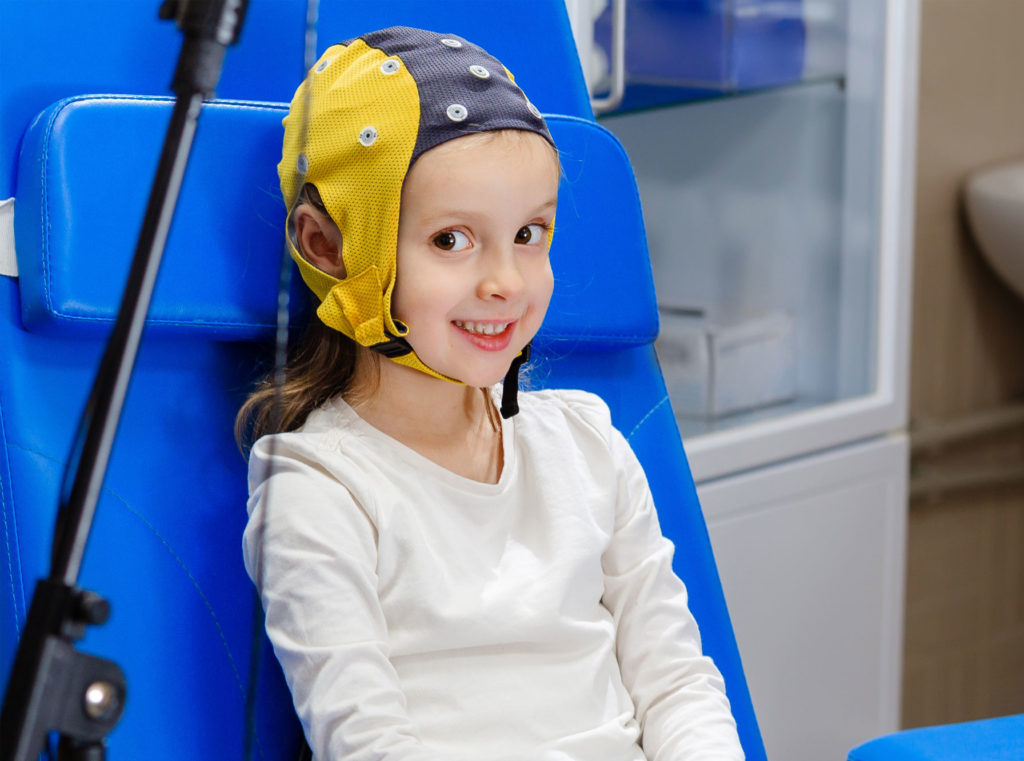Fellowship Types Available
Clinical
Fellowship Program Director
Hassan Kadri Clinic of Neurosurgery PO Box 6682 Damascus Syria drkadri@yahoo.com
Department Details
Number of Faculty Staff
3
Number of Residents
7
Annual Number of Neurosurgical Procedures
200
Faculty Staff
Prof A A Mawla Dr S Alayoubi
Damascus, Syria
Open map in new window


